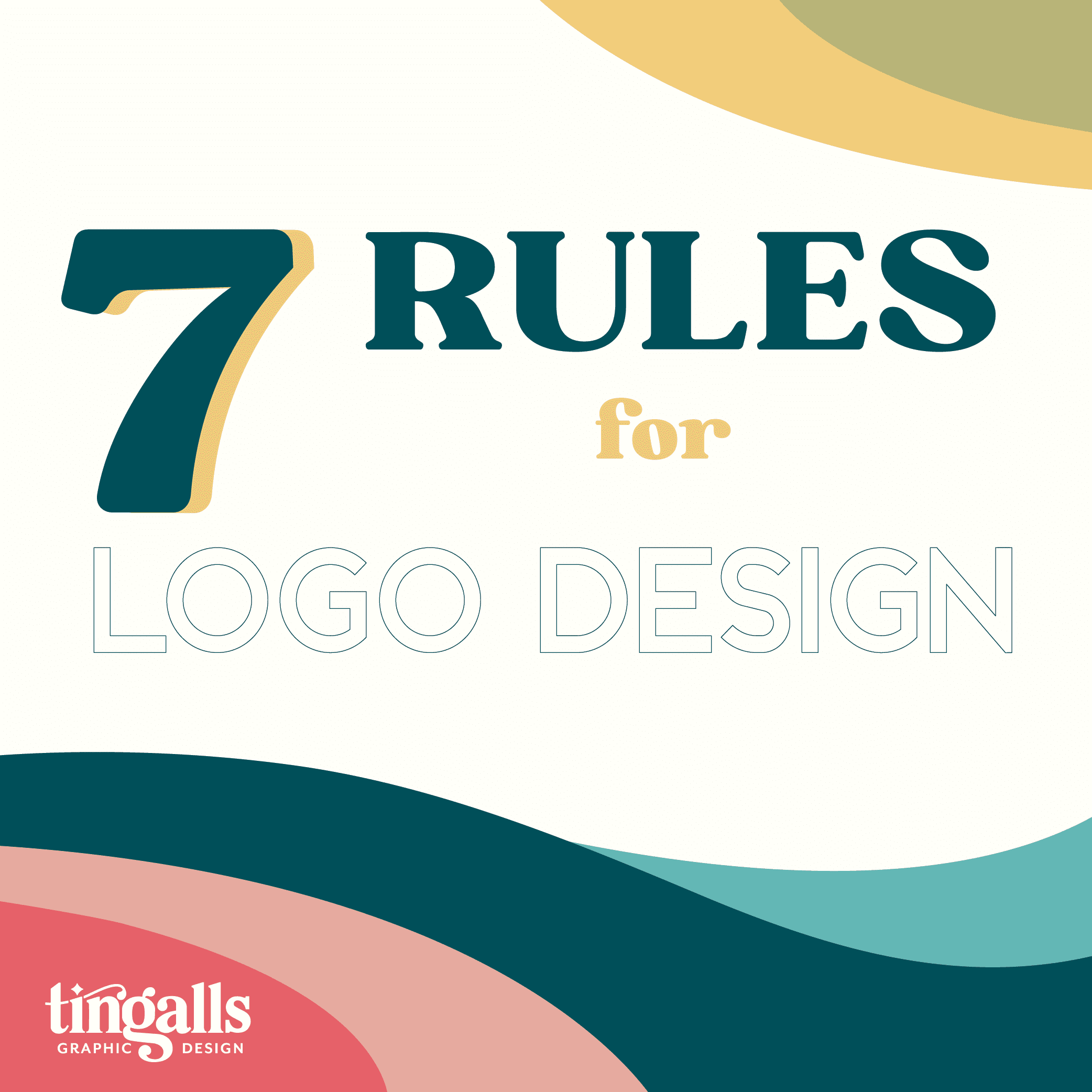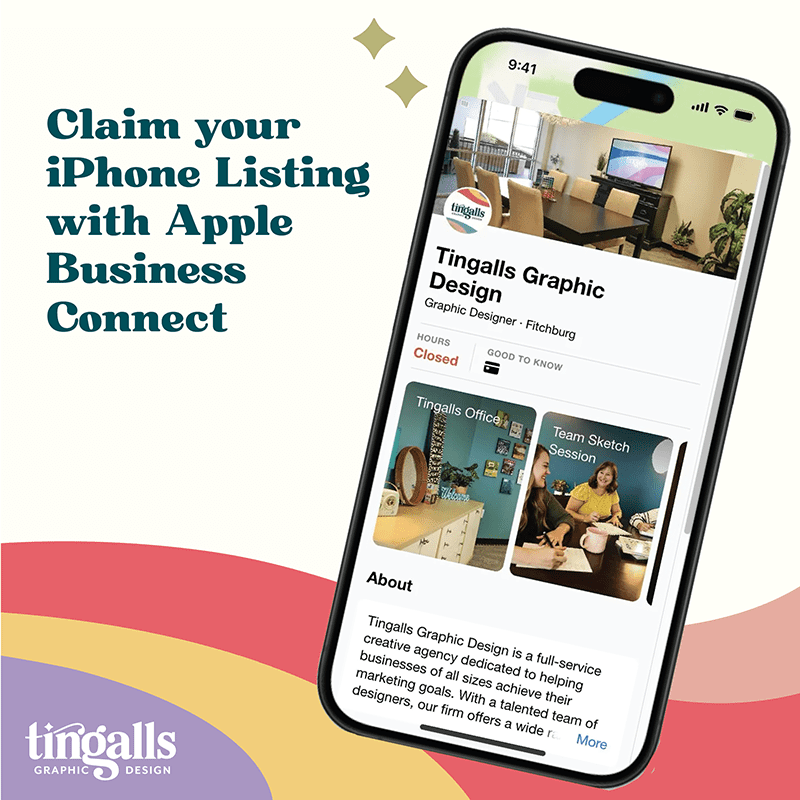Love Your Logo
The history of logos is long and varied and somewhat out of the scope of this piece, but take just a moment to think about the word “brand.” The term your brand comes from ranchers who branded their cattle – a mark of ownership or representation of a product.
Carolyn Davidson, who designed Nike’s swoosh in 1971 was originally paid $35 for her work.
The brand was a simple mark, widely spaced characters that were typically the owner’s initials.Leaping back further in time, to medieval Europe, the personal brand was elaborate, but also printed much larger for quicker identification. Heraldry, an individual’s personal standard, varied greatly, but color, shape and iconography were important for picking friend from foe. Anyway – keep all that in mind and let’s zip back to 2015.
Good Logos and Bad
No one will argue that art, design and “what’s good,” is subjective. But make no mistake, people always have and always will, judge a book by its cover. Else the entire industry of graphic design wouldn’t exist. Some books you just don’t pick up, right?
So what makes a good logo or a bad one? There are a couple hard and fast rules, which everyone should know.
- Black and White – that logo has to look good in black and white because you don’t know where it’s going to be printed or placed. It could be in a new indie ‘zine published by the local community group or on the back of Wired If your logo loses something without color, it’s not working.
- Scalability – your logo has to be clear and readable if it’s five feet across or five centimeters. That means overly complicated designs (think royal heraldry with laurels and flourishes, griffons and the like) will blur when scaled down.
- Vector is the victor – a logo with special Photoshop effects, like a bevel (bulging or artificially created depth) or a drop shadow are going to look bad when scaled or printed in “un-ideal” circumstances. As well, vector art can be exported for web, video or print purposes easily.
- Photoshop is for photos – logos laid out in a photo/image correction and compositing tool like Photoshop tend be raster images (pixels) and take advantage of all the cool “effects” of Photoshop. See rule #3.
- Professional illustration – the more unique your logo, the better.
- Keep it simple – unique doesn’t mean crazy or complicated, it means unique.
Professionals – The Right Tool for the Job
At Tingalls Graphic Design, too often we meet with prospective clients who aren’t happy with their existing logo.
BP paid over $200,000,000 for the design / re-branding of the ‘Helios’ logo.
“My cousin’s kid is studying graphic design,” and “My wife sometimes makes art,” are things we hear a lot – and that’s okay! Those two sources are usually well within a client’s design budget and may well have great talent. But nothing can substitute a professional designer with years of experience and a complete understanding of brand development and marketing or the psychology of design and color.
What are you buying when you pay for a logo?
The work that goes into creating a good logo is extensive. There’s product/market research, which include competitors. Also, time is spent looking at similar successful and failed businesses or products. Positioning your product in the market through brand identity and visuals can mean the difference between success and failure.
When a logo is designed, it is always a draft – a rough outline of what concept is being conveyed. This is refined through client feedback until your logo represents your brand – perfectly.
If you have questions about your logo, or are maybe interested in re-branding your business, don’t hesitate to drop us a line.



